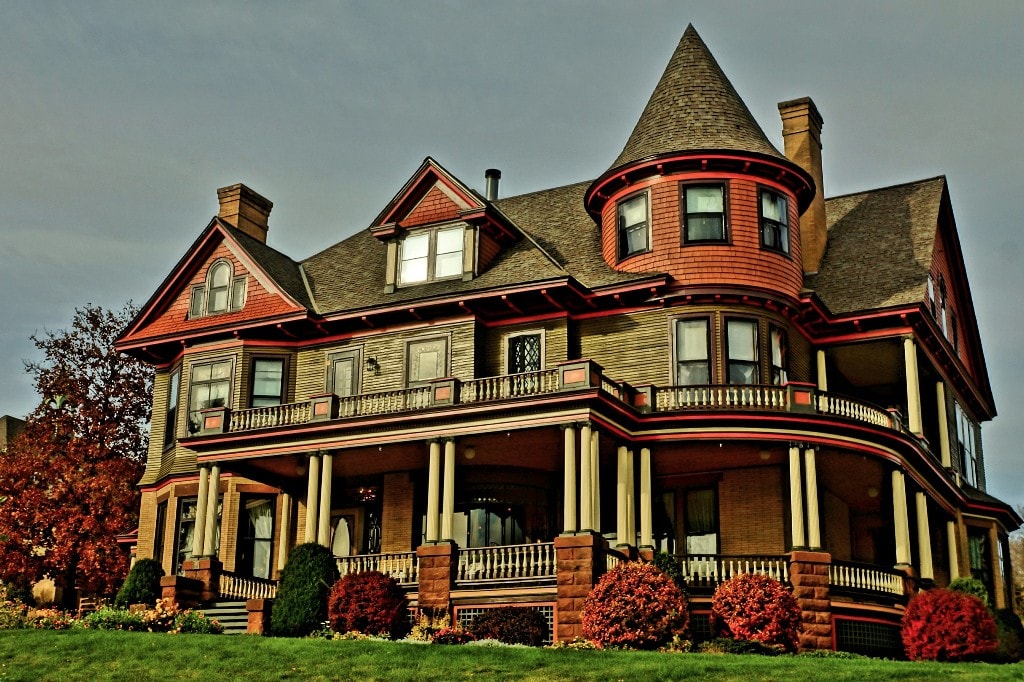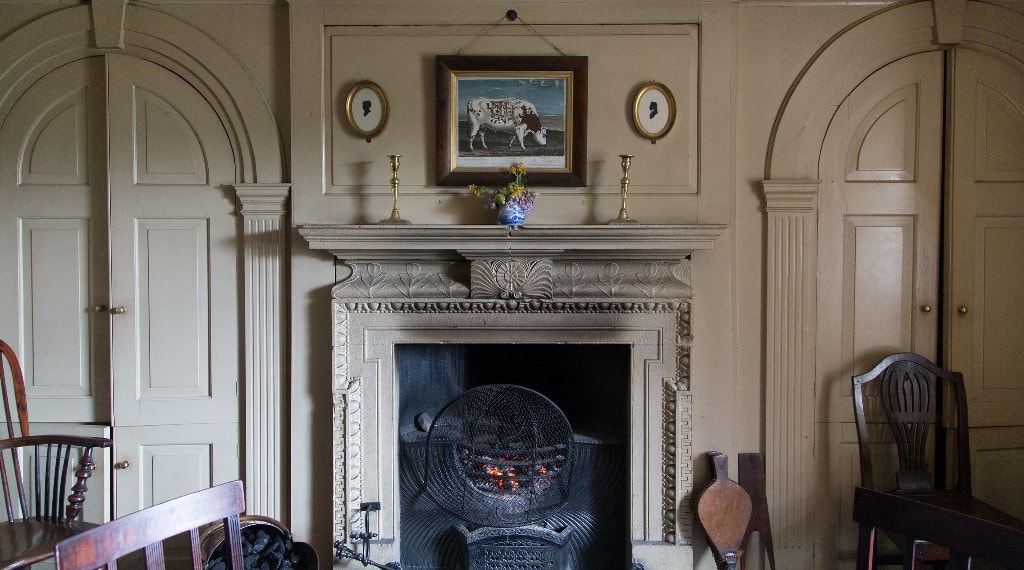Remodeling an Old House – What to Restore & What to Replace
Have you just recently purchased a historic house and are wondering what to fix up and what to replace? No one can deny the charm of century old houses, but they often need updating in order to make them comfortable for the modern family. Here at Legal Eagle Contractors in Houston, we have heaps of experience with whole house remodels, including vintage and historic homes, and we want to help you restore your antique house with these tips for what to save and what to replace.

Photo credit: chumlee10
Items to Fix Up in Your Antique Home
When it comes to choosing items to fix up and restore, choose the things that are hardest to replace or replicate, assuming they are still in reasonable condition. These include items like the hardwood floors, the fireplaces, windows and window frames and sills, the trims and moldings and the internal and external doors.
1. The Floors
Century old homes often have hardwood floors that can be refinished, even if those floors are currently under carpet. The trick here is to pull up any carpet that may have been installed after the home was built and have the floors inspected for water and insect damage as well as warping and cracking. If the floors are deemed to be in good condition, you can have them refinished and keep the vintage charm while saving some money when updating your antique home.
2. The Fireplaces
Many century old homes contain fireplaces in every room, which add character and charm while giving you alternative heating options. As the years have passed by previous homeowners may have bricked them closed, installed ductwork through them or completely drywalled over them. The trick here is to reveal the original fireplaces and have them restored and updated in order to make your home as period-accurate as possible.

Photo credit: Tom Parnell
3. The Windows
Historic homes have glass that is wavy and stained. Since these looks are hard to replicate, you want to keep your original windows. However, it’s important to inspect the frames and sills for water and insect damage. If the frames are heavily damaged, you may need to replace some or all of the wood, but the good news is that the glass can often be saved.
4. The Doors
Vintage doors are large, heavy and made of solid wood. They also often have intricate designs or panels that are hard to replicate. Instead of replacing them, you can have them sanded and restained, which will keep your home’s vintage charm while allowing you to impart your own tastes and save money while updating your older home.
5. The Trim and Molding
If your home still has the original trim, molding and baseboards, have them sanded and refinished in your preferred color of stain. After all, the trim and molding are what give vintage homes their appeal. Not to mention, refinishing all the molding and trim will save money on your renovation. If the home is missing trim, molding or baseboards, there are warehouses and shops that save these components, so you may be able to purchase period pieces for any room that’s missing its trim.
Items to Replace in Your Vintage Home
When walking through your vintage home, anything with water damage and insect damage is going to need to be removed and replaced. The good news is that sometimes you can source similar items from shops and warehouses that save pieces from historic homes. In the worst-case scenarios, you’ll have to have the item replicated from modern materials to look vintage.
1. The Roof
While the roofs on historic homes typically last a century, there’s a good chance that by the time you purchase the house, it’ll need a new roof. Many vintage homes have slate roofs. You can choose to put a new slate roof on your vintage home, but they can get pricey. According to Homewyse, it can cost $1,689 per 100 square feet to replace a slate roof. Depending on how faithful to the time you want your period home and whether or not it’s on the historic registry, you may be able to install an architectural shingle roof that looks like slate, which is much less costly. Homewyse estimates the cost to install an architectural shingle roof at $600 per 100 square feet.
2. Anything with Lead or Asbestos in It
When you first purchase your century old home, it’s a good idea to hire an inspector to look for common hazards, like lead and asbestos, which were common in construction materials and insulation prior to 1978. If you find lead-based paint or any material that contains asbestos, you’ll need a trained and experienced contractor to remove those components safely. The bad news is that you most likely won’t be able to replace those with the historic equivalent because they may all contain lead or asbestos. Instead, you’ll have to use the modern equivalent that looks the most historic.
3. The Heating and Cooling System
It goes without saying that historic homes weren’t built with air conditioners. However, they often had fireplaces and/or wood-burning stoves, and you may have purchased one with a boiler. The good news is that you can replace the boiler and keep the radiators if they are in good working order. You may also find an older air conditioner installed in the home if any previous homeowners had one installed. However, you should check it for proper function. It may need to be replaced if it’s more than 10 years old.
4. The Plumbing
It’s extremely important to have the plumbing system of your older home inspected. Depending on when the plumbing was first installed in the home, it could consist of lead pipes, which can leach lead into your water. If the lead pipes were replaced in the 1960s or first installed in that decade, they may be made out of galvanized steel, which is notorious for corroding and rusting. If the water coming out of the taps is discolored or non-existent, the home probably has galvanized steel. If the plumbing is primarily copper, you may be able to keep it, but have it checked for pinhole leaks and corrosion before deciding whether to keep it or replace it.
5. The Wiring
The electrical wiring in your vintage home may not be up to modern codes. This is primarily because older electrical systems didn’t require a ground. It was a 2-wire system. Today, wiring systems are either 3-wire or 4-wire, and you’ll need to have the electrical system upgraded to meet modern building codes. This also means that you’ll have to replace the fuse box with a circuit breaker box.
Historic Renovations with Legal Eagle Contractors in Houston
Here at Legal Eagle Contractors in Houston, we can help you restore your century old home. Our contractors can walk through your home to determine what needs to be replaced and what can be kept and refinished, and we can work with you to replace the critical systems, like the plumbing, wiring and roofing. We can also add modern updates, like components for aging in place, while not taking away from the charm of your new to you home.
To learn more about how we can help you with your vintage home updating, give us a call at 713-723-8850.
Article reviewed by Dan Bawden, CAPS, GMB, CGR, CGP, and President of Legal Eagle Contractors.






